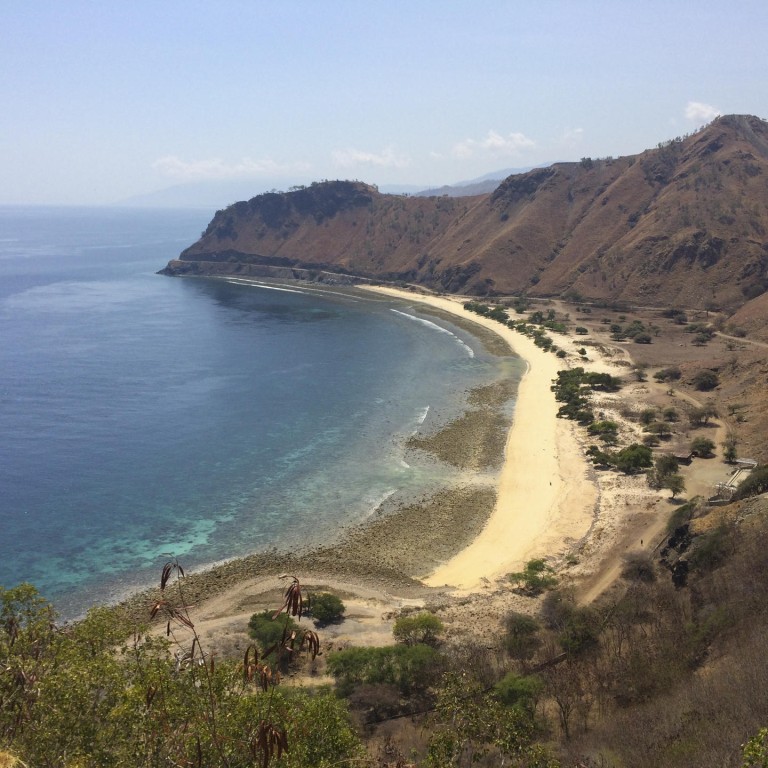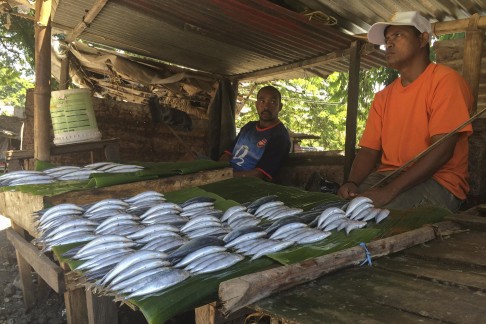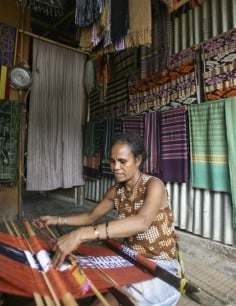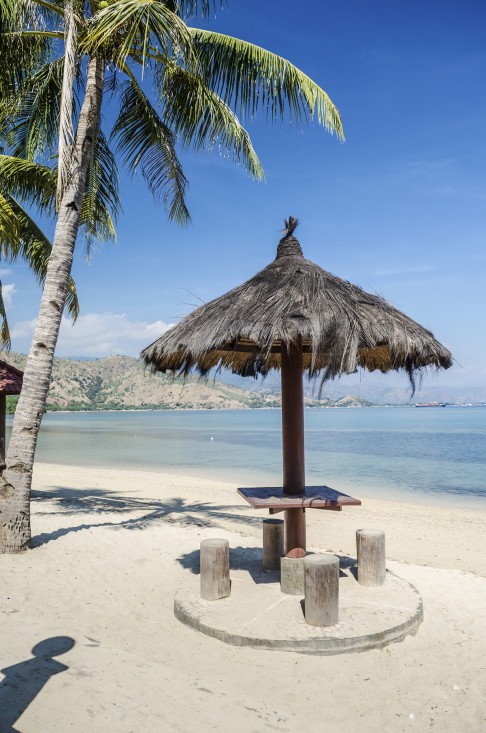
Five reasons to visit Dili, Timor-Leste
Adventurous travellers keen to get off the beaten track should look no further than Timor-Leste. A slice of tropical paradise just a 90-minute flight from Bali, the tiny capital city of Dili is emerging as a rival thanks to its unique Portuguese colonial flavour, the region's best seafood and some of the finest snorkelling and diving in the world.
Formerly remote and troubled, but now accessible and safe, Dili is one of the last little-visited places on the planet where you can boast: "I've been there."
GO SHORE-SNORKELLING
Timor-Leste is an untouched haven for diving and snorkelling. It's almost effortless; walk into the ocean from a few select beaches near Dili and within five metres, you're swimming with clownfish, zebra fish, angelfish and lion fish as well as giant trevallies, barracudas, Napoleon wrasse and even the occasional dugong, a relative of the manatee.

For anyone underwhelmed by trips to Australia's Great Barrier Reef, Timor-Leste's reefs are a revelation; see them before tourism and dynamite fishing unavoidably damages them.
HIKE UP TO CRISTO REI
Backside Beach, just east of Dili, is so named because a statue of Christ the king — the biggest in the world outside of Rio de Janeiro — adorns the clifftop of Cape Fatucamas, but it looks the other way towards Dili. This is a tourist hotspot in more ways than one; 96 per cent of the population is Catholic, and climbing the 580 steps up the hill isn't easy in temperatures that frequently hit 34 degrees Celsius. However, it's not a technically difficult walk.

Best attempted before breakfast, it's well worth the effort. After passing by depictions of the 14 stations of the cross, the 27-metre high statue of Christ at the top — built in 1996 by the Indonesian government (Timor-Leste was a province until independence in 1999) — stands on top of an amusingly distorted globe.
The highest vantage point is surrounded by ocean on three sides, with coral reefs visible on one side, and Dili on the other, though beyond the city's western limits, you can just glimpse another Christian icon in the distance. Pope John Paul II visited Dili in 1989, and though his six-metre bronze statue also looks out at a wonderful coastline, it sits above a huge car park of United Nations vehicles seemingly abandoned after the 13-year peace-keeping and development mission ended in 2012.
SAMPLE THE SEAFOOD
Seafood is the national cuisine in Timor-Leste. "The sea is big," say the locals in the local Tetun language if they return empty-handed. But when the fishermen have been successful they string up their catches on bamboo poles and walk the Rua Christo Rei back to the centre of Dili to see if they can attract buyers driving past.
There are clusters of restaurants for both expats (many Australians and other nationalities are in Dili working with NGOs and charity organisations) and partying locals, but seafood lovers should head straight for L'Aubergine. Its Timorese swordfish baked in banana leaves and fennel — called saboko — is delicious. Spanish mackerel is frequently on the menu, too.



Just west of the centre of Dili, past the line of embassies is the aptly named Ocean View Beach Hotel Restaurant, an impressively wide platform that perches on stilts across the beach and serves excellent calamari, prawns, tuna sashimi and the ubiquitous catch of the day, all while a great live band plays.
Those after a more down-at-heel experience should sample a beachside warung; about HK$20 buys a charcoal-grilled trigger fish, and a mere HK$8 gets a tasty tuna skewer.



STAY BESIDE A TRANQUIL WHITE SAND BEACH
Though not many tourists get to Dili, this bustling international city is one of the few capitals with fabulous beaches within its boundaries. The best is Areia Branca, a 10 minute taxi ride east down the coastal Rua Cristo Rei from the city centre, though the last mile or so is worth walking; a tarmac path winds past chilled-out beachside cafes and restaurants, as well as some pristine mangrove forest and lonely trees.
Timor-Leste is a country of fishermen, and from Areia Branca, locals walk to the coral breaks with spears at low tide, or stand under trees on the shoreline to shelter themselves from the scorching sun while fixing nets.

How to get to Dili
One flight per day, 105 minutes
One flight per day, 85 minutes
Two flights a week, 225 minutes

